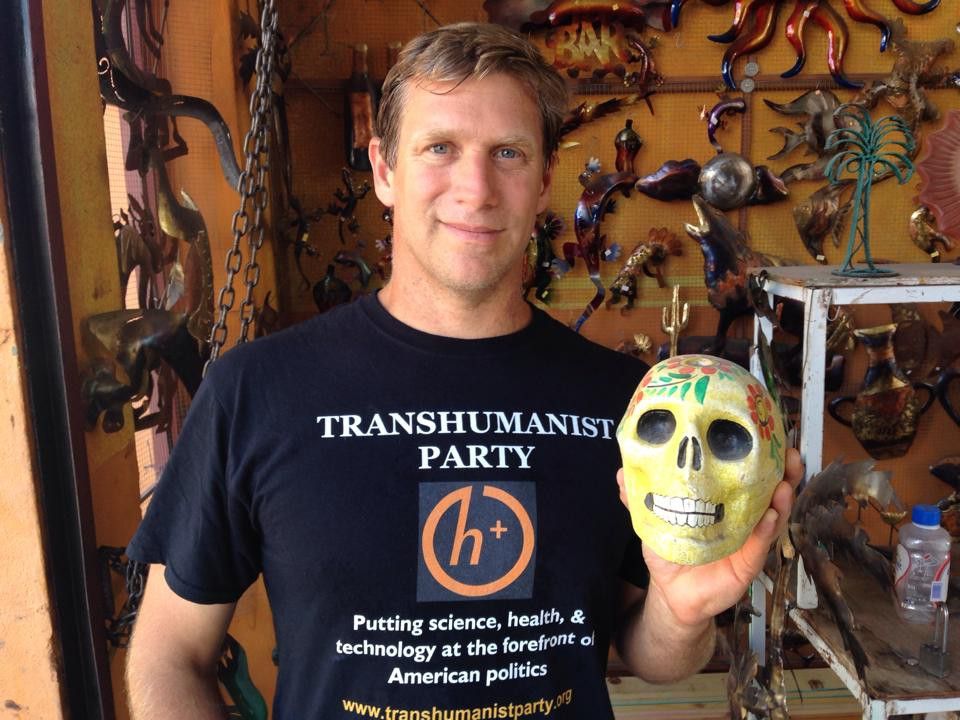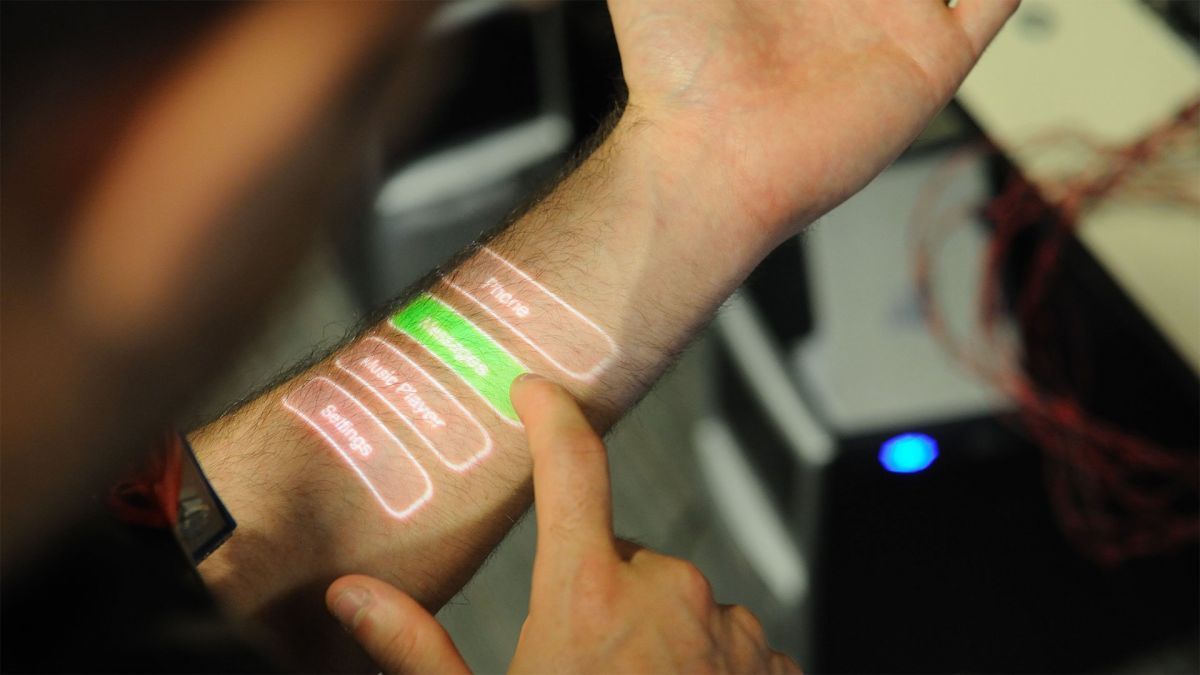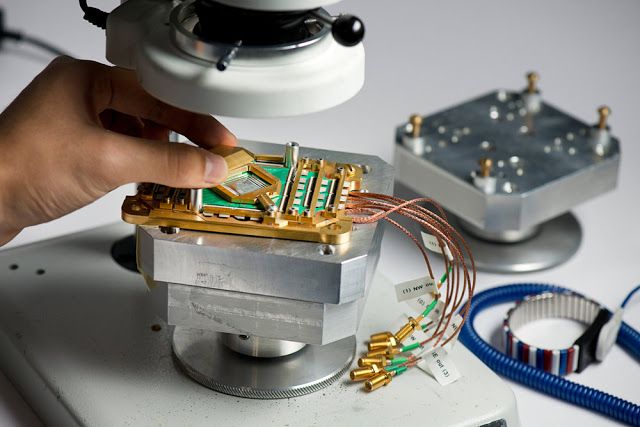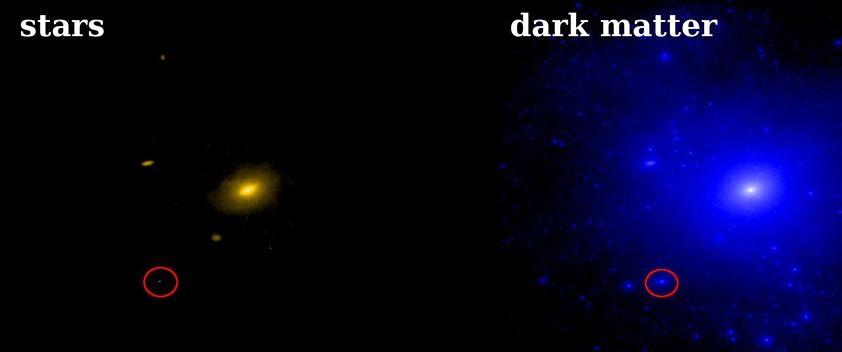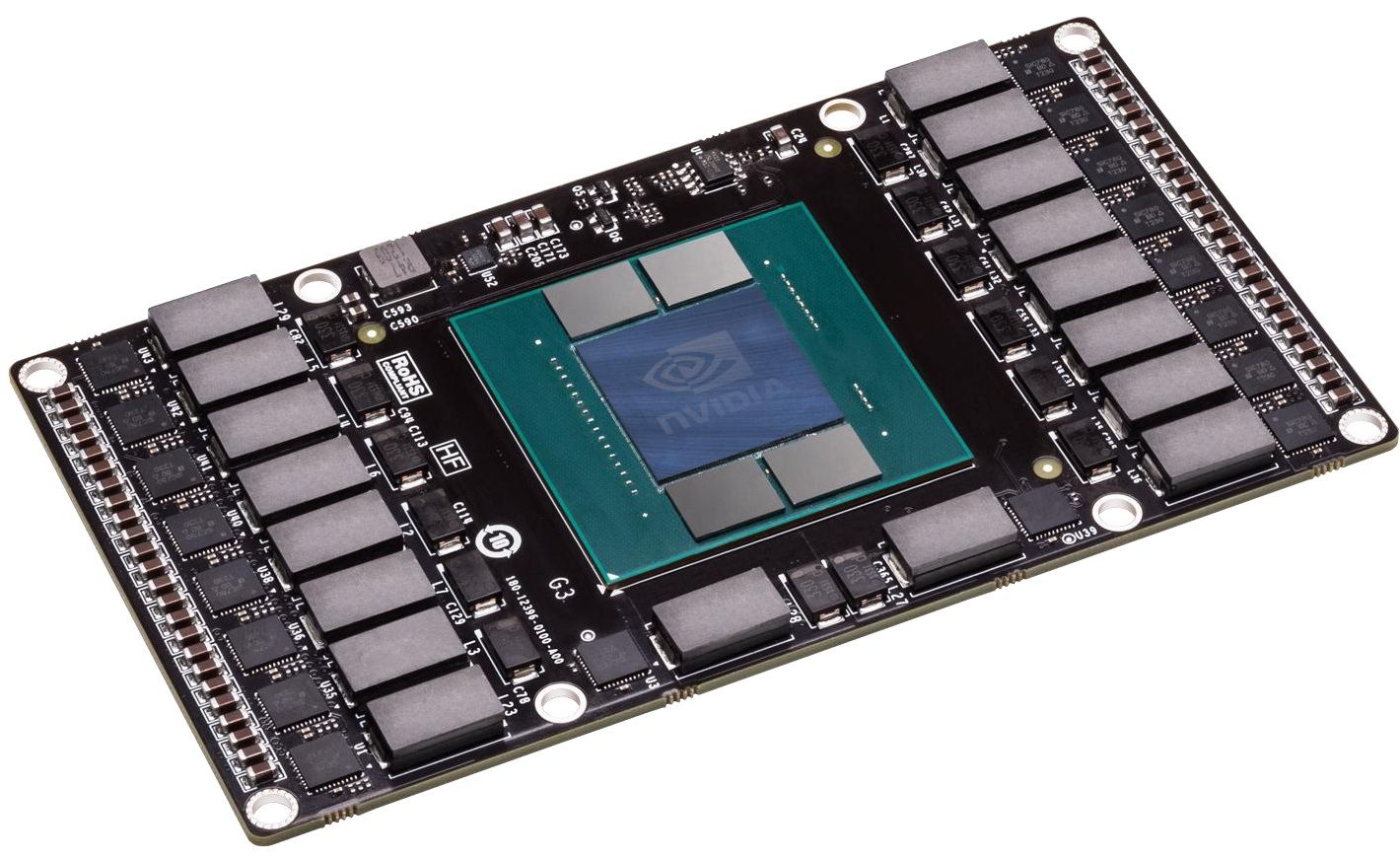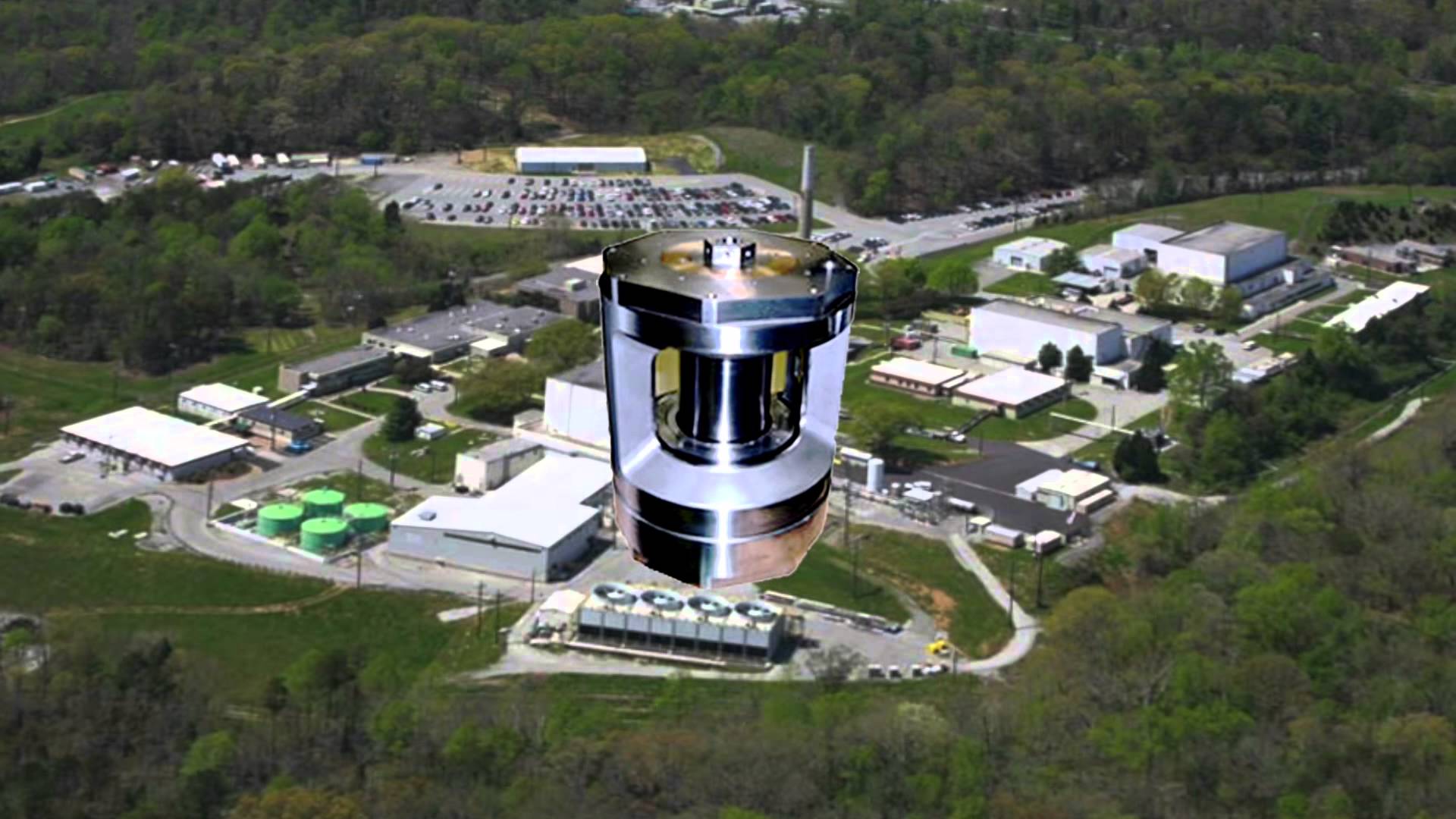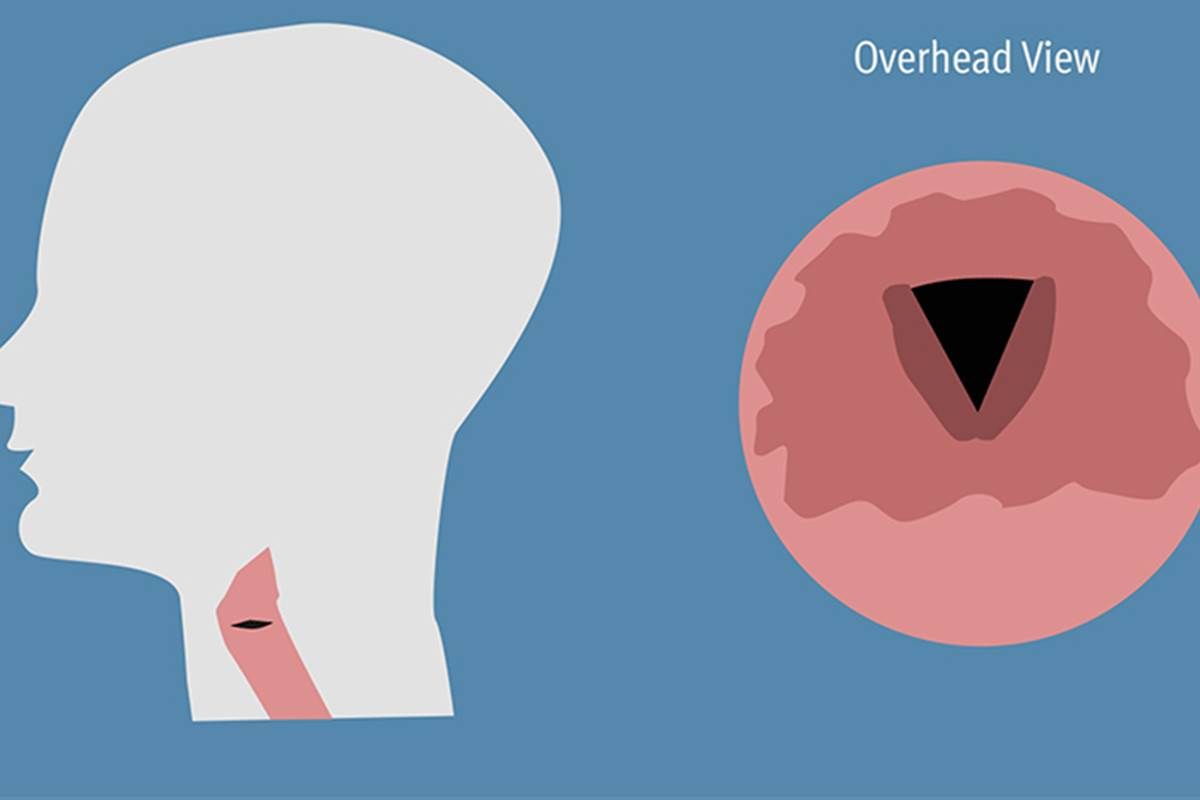Nov 19, 2015
Presidential Candidate Suggests We Microchip Syrian Refugees
Posted by Zoltan Istvan in categories: biotech/medical, geopolitics, life extension, transhumanism
A new article on my campaign with a provocative headline, but most of the story is nice. I’ll be speaking in Florida on Saturday as part of the Immortality Bus tour. We visited Alabama’s largest megachurch yesterday:
His name sounds funny to Americans, but presidential candidate Zoltan Istvan says it’s totally normal in Hungary, from where his parents hail. Istvan himself was born in Los Angeles and worked for National Geographic for years — a job that led him to explore science, particularly the concept of transhumanism, which posits that people will merge with technology.
Today, Istvan continues to write for Vice, Psychology Today, Gizmod o, and more — when he’s not campaigning across the country and promoting the Transhumanist Party platform, which promises better lives — and hopefully immortality — through science. Istvan will speak this Saturday at the Church of Perpetual Life in Hollywood, which promotes the same ideals and which New Times featured in a cover story earlier this year.
Continue reading “Presidential Candidate Suggests We Microchip Syrian Refugees” »
